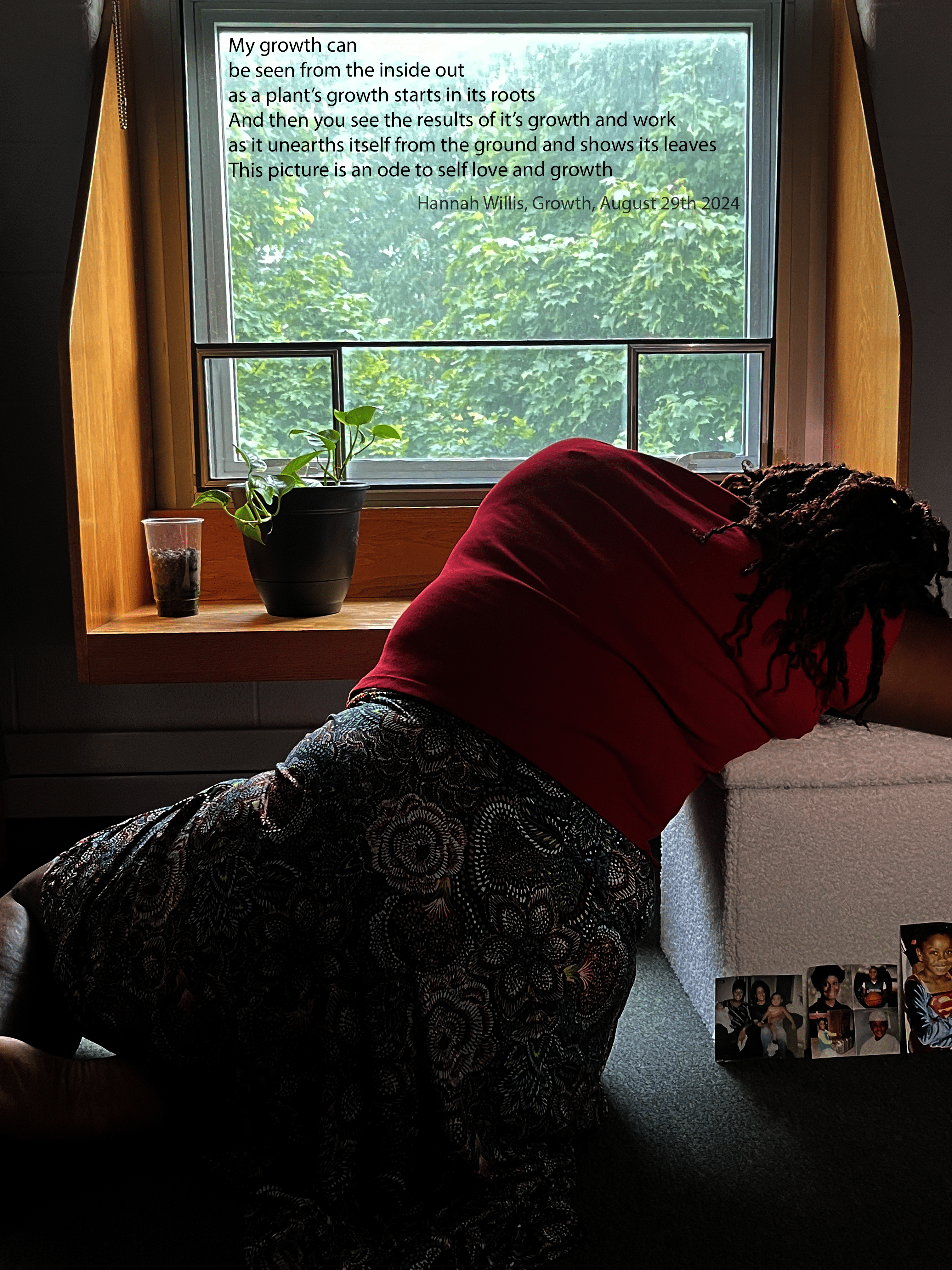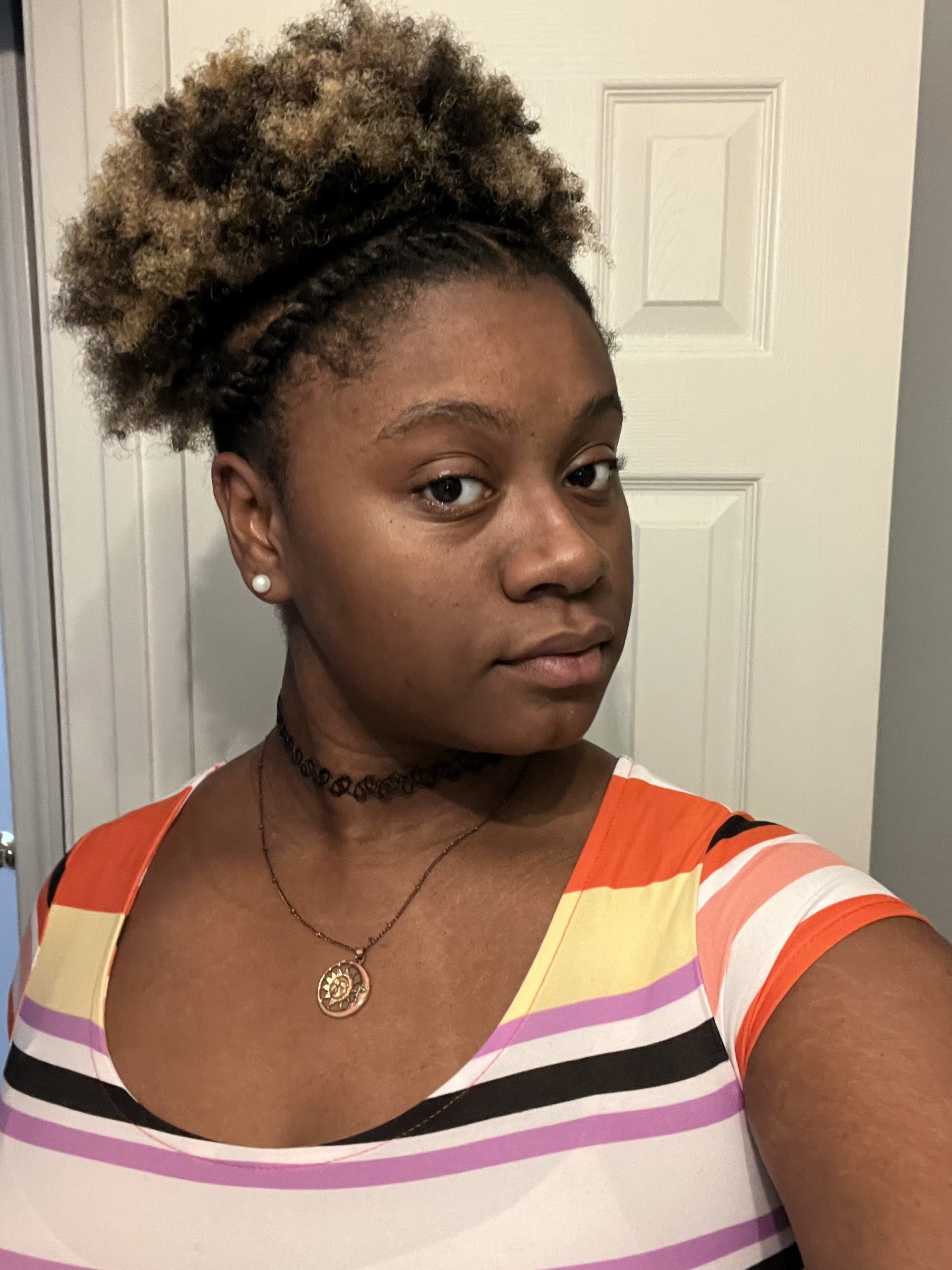4. Use “Do Not Disturb” Mode & Declutter Your Digital Space (Deleting Instagram)
During my Thanksgiving Break I decided to implement the “Do Not Disturb” setting on my iPhone to minimize distractions during peak family time like movie night and dinner. Additionally, I decluttered my digital space by deleting Instagram thus removing the app and it’s notifications all at once. I made these selections, because I wanted to be focus on being mindful and present in the moments I was spending with my family. I believe placing my phone on “Do not Disturb” mode and removing Instagram forced me to find social alternatives like: helping my mom cook for Thanksgiving dinner, playing games, making conversation, and having a movie night. I did find myself picking up my phone to no avail Instagram was not on there, so I would plop my phone in my room or on the couch. Positively, I would say I was less distracted and less absent-minded in spaces with my relatives so futuristically I would continue these detox options. However in my next digital detox, I would designate tech-free times instead of completely deleting a social media platform. For the sole reason that some of my friends and family contact me through this way. To have a balance in the future, I would continue to use “Do Not Disturb” Mode and then implement tech-free times.



